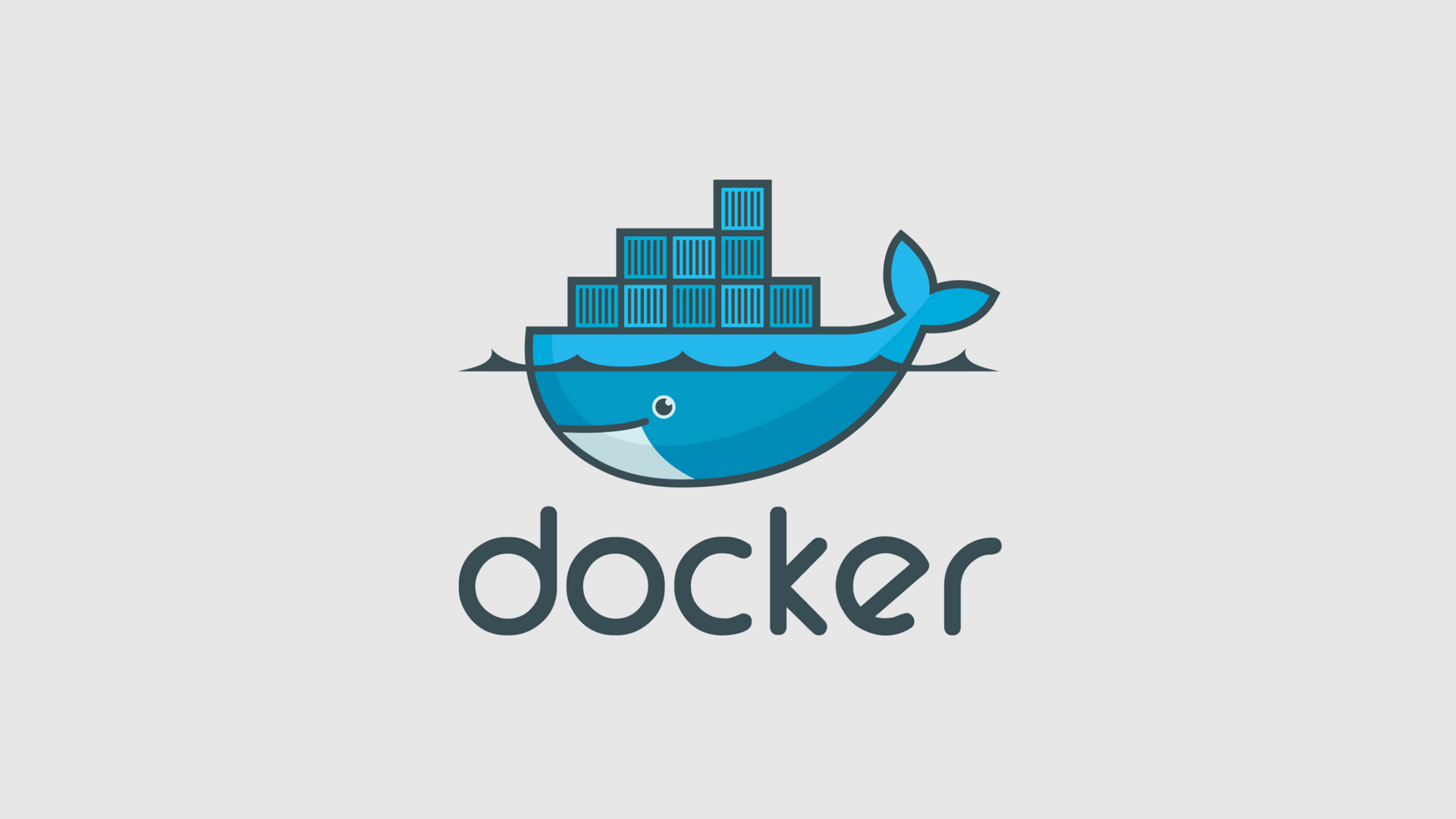When working with Docker to build scalable applications, networking and service configuration are critical components. Over the course of our exploration, we’ve touched on a variety of topics, starting with creating a docker-compose.yaml template, understanding network modes like bridge and host, and configuring services like MySQL.
This article captures the complete journey to demystify Docker’s networking capabilities and service interconnectivity.
Creating a Docker Compose Template A docker-compose.yaml file is the backbone of a multi-container Docker application. It allows you to define and orchestrate services in one place. Here is an example of comprehensive docker template:
|
0 1 2 3 4 5 6 7 8 9 10 11 12 13 14 15 16 17 18 19 20 21 22 23 24 25 26 27 28 29 30 31 32 33 34 35 36 37 38 39 40 41 42 43 44 45 46 47 48 49 50 51 |
services: app: image: ${APP_IMAGE} container_name: ${APP_CONTAINER_NAME} restart: ${RESTART_POLICY} environment: - APP_ENV=${APP_ENV} - APP_PORT=${APP_PORT} - DATABASE_HOST=${DATABASE_HOST} - DATABASE_PORT=${DATABASE_PORT} - DATABASE_USER=${DATABASE_USER} - DATABASE_PASSWORD=${DATABASE_PASSWORD} - DATABASE_NAME=${DATABASE_NAME} ports: - "${HOST_PORT}:${APP_PORT}" volumes: - ${APP_VOLUME_SOURCE}:${APP_VOLUME_TARGET} networks: - ${NETWORK_NAME} db: image: ${DB_IMAGE} container_name: ${DB_CONTAINER_NAME} restart: ${RESTART_POLICY} environment: - POSTGRES_USER=${DB_USER} - POSTGRES_PASSWORD=${DB_PASSWORD} - POSTGRES_DB=${DB_NAME} ports: - "${DB_HOST_PORT}:${DB_PORT}" volumes: - ${DB_VOLUME_SOURCE}:${DB_VOLUME_TARGET} networks: - ${NETWORK_NAME} redis: image: ${REDIS_IMAGE} container_name: ${REDIS_CONTAINER_NAME} restart: ${RESTART_POLICY} ports: - "${REDIS_HOST_PORT}:${REDIS_PORT}" volumes: - ${REDIS_VOLUME_SOURCE}:${REDIS_VOLUME_TARGET} networks: - ${NETWORK_NAME} volumes: ${APP_VOLUME_SOURCE}: ${DB_VOLUME_SOURCE}: ${REDIS_VOLUME_SOURCE}: networks: ${NETWORK_NAME}: driver: ${NETWORK_DRIVER} |
This template is designed to be modular, using environment variables for maximum configurability. Define these variables in a .env file.
Understanding Docker Network Modes Docker provides different network modes to connect containers and external resources.
Two commonly used modes are bridge and host.
Bridge Network
- Default Network: Containers get isolated private IPs.
- Use Case: Containers communicate with each other via their private IPs, and the host can access them through exposed ports.
Host Network
- Shared Network: Containers share the host’s network stack.
- Use Case: High-performance networking or when direct access to the host’s network is required.
Scenario: Mixing Network Modes You can mix network modes for services. For example:
- App Service: Uses
bridgemode for port mapping. - Database and Redis Services: Use
hostmode for direct access to resources on the host or other external hosts.
Example:
|
0 1 2 3 4 5 6 7 8 9 10 11 12 13 |
services: app: image: my-app-image container_name: my-app network_mode: "bridge" ports: - "8080:80" environment: - DATABASE_HOST=192.168.11.21 - DATABASE_PORT=3306 - REDIS_HOST=192.168.11.22 - REDIS_PORT=6379 |
Why Doesn’t localhost Work Inside a Container? Inside a Docker container, localhost refers to the container itself. If MySQL is running on the Docker host or another external machine, using localhost won’t work.
Instead, you can:
- Use Host IP Address:
mysql -h 192.168.11.11 -P 3306 -u username -p - Use Docker Gateway IP (
172.17.0.1):mysql -h 172.17.0.1 -P 3306 -u username -p - Use
host.docker.internal(Modern Docker):mysql -h host.docker.internal -P 3306 -u username -p
Configuring MySQL for Remote Access To allow connections to MySQL from a container:
- Update MySQL Configuration:
bind-address = 0.0.0.0 - Grant Access:
GRANT ALL PRIVILEGES ON *.* TO 'username'@'%' IDENTIFIED BY 'password'; FLUSH PRIVILEGES; - Check Firewall Rules:
sudo ufw allow from <docker-host-ip> to any port 3306
Conclusion, Docker networking can seem complex at first, but understanding modes like bridge and host, and configuring services like MySQL correctly, can help you achieve seamless connectivity.
Use this guide to troubleshoot and optimize your Docker setups, ensuring containers can interact with hosts and external resources effortlessly.
Let us know if you have additional tips or challenges in the comments below!
